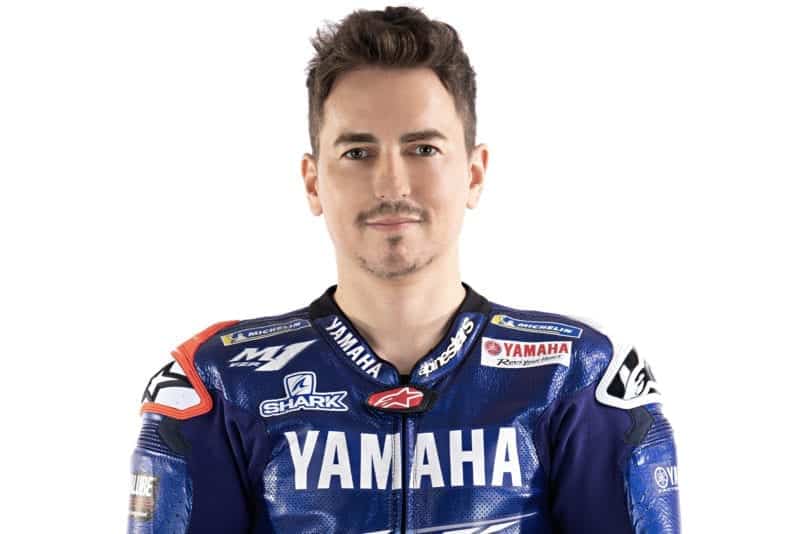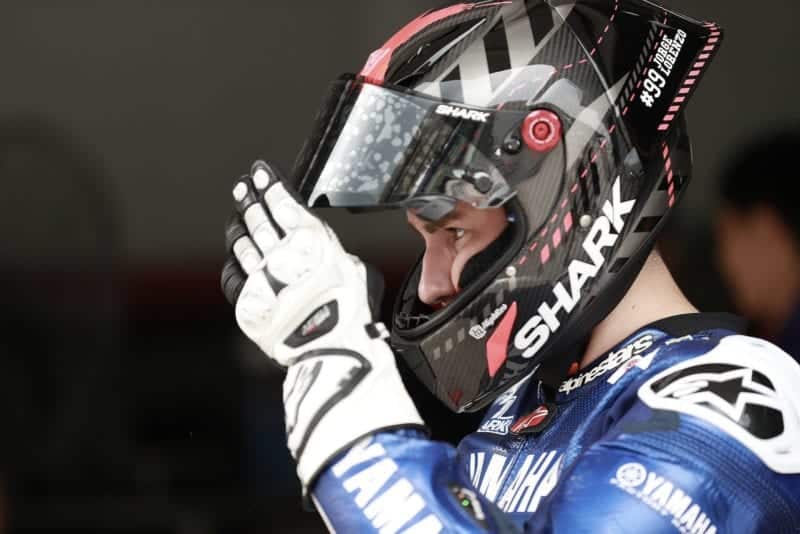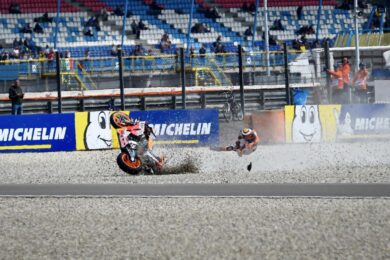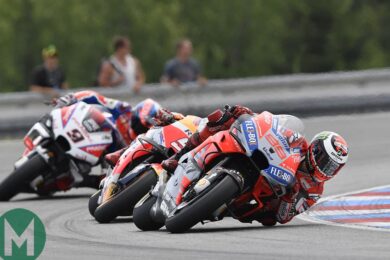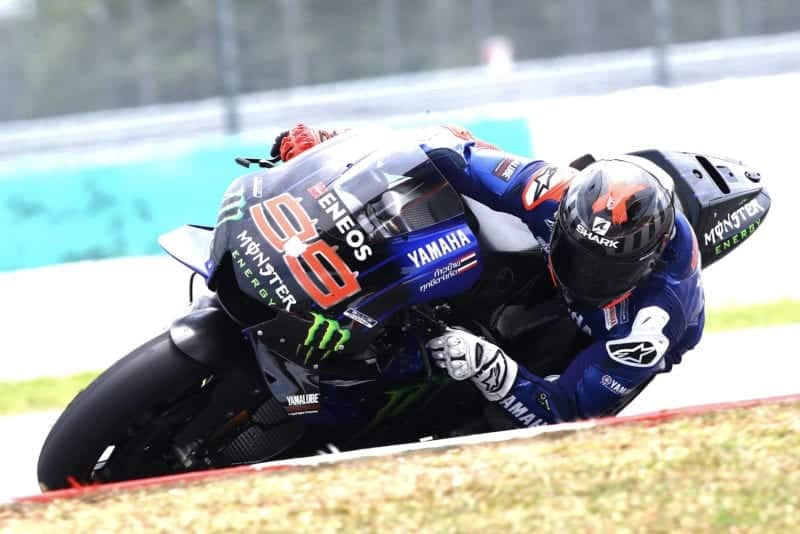Acting legend and handy motorcycle racer Steve McQueen had a nice way of describing his love of riding bikes at the giddy limit. He called it “twisting the tiger’s tail”. In other words, creeping up behind a big cat that could literally eat you for breakfast, taunting the beast and then having a bit of fun trying to live to tell the tale.
McQueen fully understood what motivates people to race motorcycles and cars. “They race because it’s something inside of them… They’re not courting death, they’re courting being alive”.
Once Lorenzo’s back injuries had healed he soon realised that a life dedicated to buying fancy clothes, driving fast cars and taking luxury holidays in Bali would be another kind of death to him.
Testing factory MotoGP bikes is a great way for a racing junkie to wean himself off those shots of adrenaline, or at least the biggest shots. Riding around evaluating the latest technical upgrades won’t deliver the wildest hit of them all – that Sunday afternoon primal scream into Turn One – but there are so many upsides – less pressure, less time away from home, less hassle and much less chance of hurting yourself – that it’s a price worth paying.
Most racers change the day they stop racing. Their faces are brightened by the act of letting go, of relinquishing responsibility and of no longer having those thousand-and-one thoughts whirling around inside their heads every race weekend.
On the other hand, there are the retired racers who change the other way. They get depressed, which is no surprise, because how do you replace the greatest drug of them all – mainlining adrenaline?
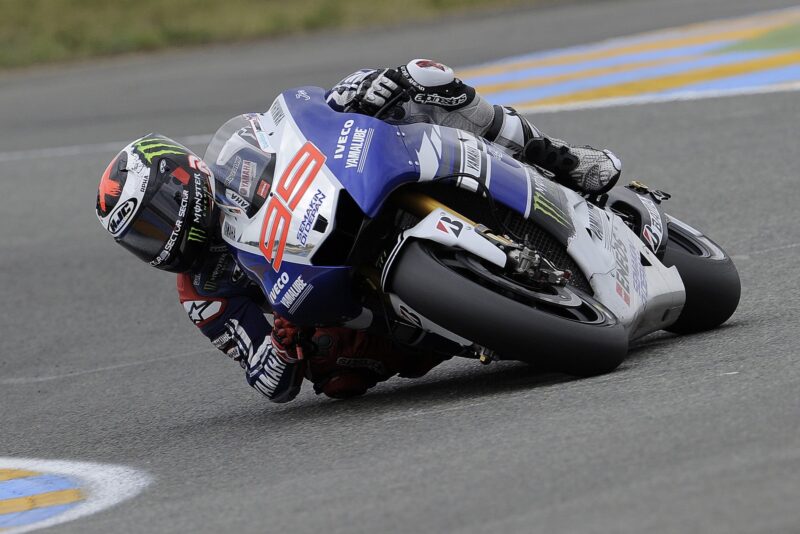
Lorenzo on his way to the 2015 MotoGP title with Yamaha
Yamaha
At Valencia 2019 Lorenzo said he was 99 per cent certain he would never race again. After he rode again at Sepang he said he’s only 98 per cent certain. I wonder if he might be exaggerating.
And what if he does race at Barcelona in June?
Lorenzo had a two-year contract with HRC, for 2019 and 2020. When Valentino Rossi wanted to leave Ducati at the end of the first year of his two-year 2011/2012 deal he was politely reminded of the paragraph in his contract which stated that if he did walk, he couldn’t race another brand of motorcycle in 2012. So he stuck with the Desmosedici. Only now that we know this can we even begin to imagine what a prison sentence that must’ve been for Rossi.

